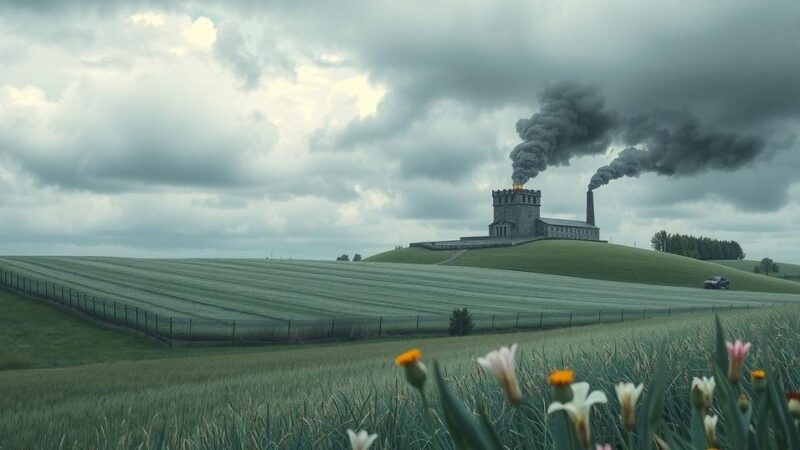Burundi’s official languages are Kirundi and French, with Swahili widely spoken. The country has a significant Christian population, and settlement patterns are influenced by hilly terrain, leading to isolation. The economy is primarily agricultural, focused on coffee exports, but has suffered due to civil unrest and poverty. Despite challenges, the tourism potential exists, yet is limited by ongoing conflicts.
Burundi’s official languages are Kirundi, a Bantu language, and French, while Swahili is commonly used in trade, particularly in Bujumbura. Language unification between the Hutu and Tutsi populations is relatively rare in sub-Saharan Africa, showcasing significant linguistic homogeneity in the country. The majority of the population speaks Rundi, reflecting a shared cultural heritage.
Christianity predominantly influences the religious landscape, with approximately three-fifths identifying as Roman Catholic and over one-eighth as Protestant. Notably, there exists a large minority practicing traditional religions, and Muslims compose a mere fraction of the population. Church-state relations have historically fueled ethnic tensions, particularly during the Second Republic’s efforts to limit the Catholic Church’s influence favoring the Hutu.
Burundi’s hilly terrain discourages concentrated settlement, leading to isolated family compounds, exacerbating ethnic divisions between Hutu and Tutsi. Despite its high population density, urban development is limited to a few centers, including Bujumbura, Gitega, Muyinga, and Ngozi. The civil unrest of the 1990s resulted in significant displacement, with many Hutus seeking refuge and Rwandans migrating into the country during political turmoil.
The country’s demographic trends reveal a high birth rate and a significant youth population, with over 40% under the age of 15, though life expectancy remains low by global standards. The economy relies heavily on agriculture, with coffee as the principal export crop. However, widespread poverty afflicts the population due to civil conflict, subsistence farming, and foreign aid dependency.
Burundi’s agricultural sector, comprising half of its cultivable land, focuses on staples such as beans and maize while the coffee industry has seen fluctuations due to past conflicts. Mineral resources remain largely untapped, though nickel, uranium, and phosphorus deposits have been identified. Hydro-generated electricity constitutes the majority of energy production.
The manufacturing sector is underdeveloped, primarily consisting of small-scale enterprises concentrated in Bujumbura. Due to civil unrest, the government maintains a focus on preserving industrial interests. The central bank manages currency and oversees foreign and domestic banking, while trade deficits persist, exacerbated by reliance on imports, particularly foodstuffs and oil.
Despite the challenges, tourism in Burundi holds significant potential, yet ongoing conflicts hinder its development. The main commodities exported remain coffee and tea, with primary trading partners including China, the UAE, and the Democratic Republic of the Congo.
The article provides an overview of Burundi’s linguistic diversity, religious dynamics, settlement patterns, demographics, and economic structure. It offers insights into the historical context of Burundi’s civil unrest, the impact on agriculture and trade, and the prospects for tourism in a nation marked by ethnic tension and economic challenges. Understanding these elements is crucial for grasping the complexities surrounding Burundi’s society and development.
In conclusion, Burundi is a nation characterized by its linguistic unity amidst ethnic divisions, a predominantly Christian religious affiliation, and a high-density population living in dispersed settlements. The economy is heavily reliant on agriculture, particularly coffee production, though it faces challenges from historical conflicts and ongoing poverty. Despite these obstacles, the potential for economic growth and tourism remains, contingent upon stability and development initiatives.
Original Source: www.britannica.com






